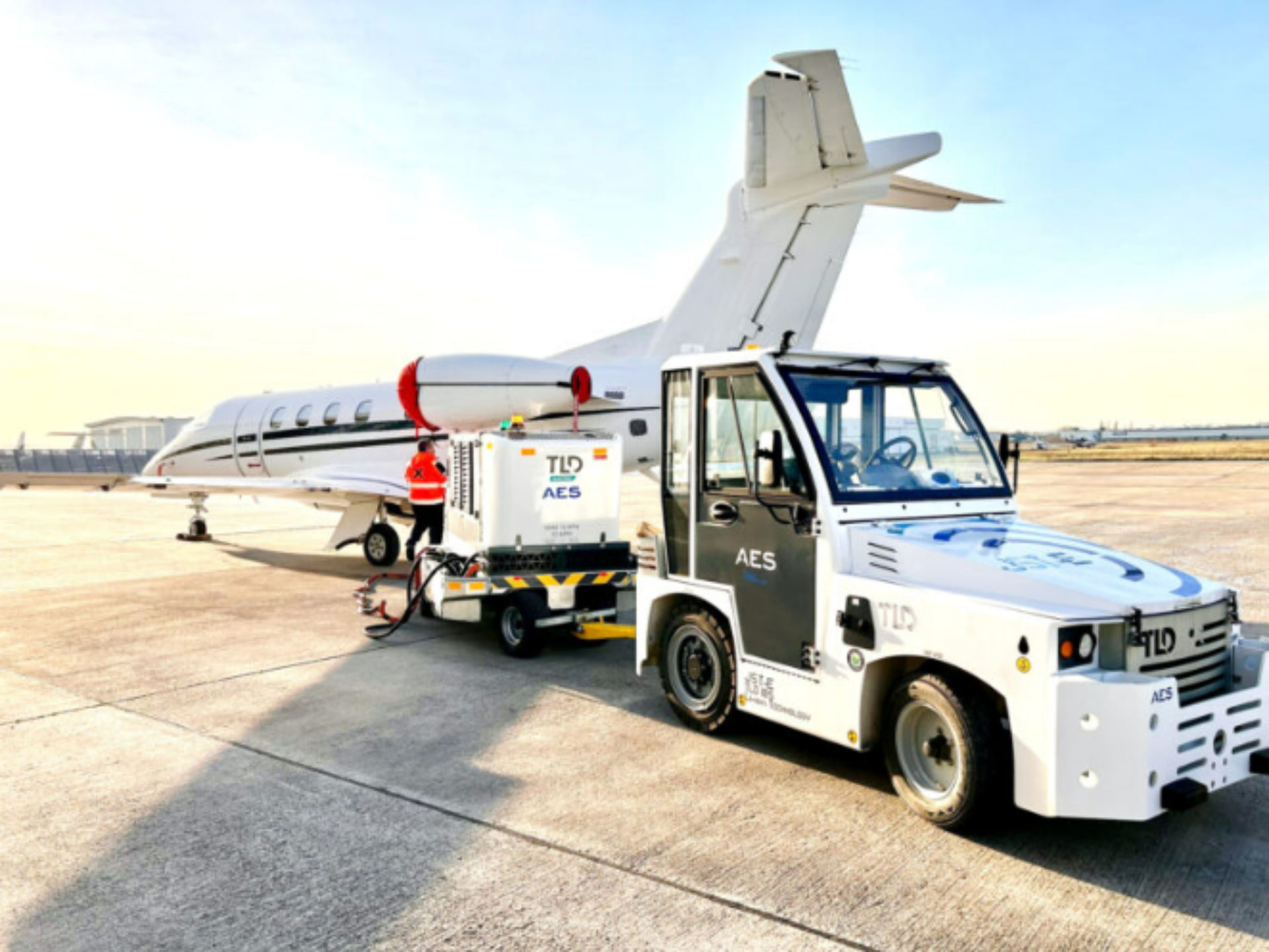Safety isn’t a checklist. It’s a conversation.
Safety in business aviation isn’t about ticking boxes—it’s about trust, awareness, and human judgment. In a world of constant change, rigid compliance alone can’t prevent incidents. True safety lives in cultures where people speak up, adapt, and own responsibility. It’s time to stop managing people as risks—and start empowering them as our greatest safety asset.
Are we chasing the wrong kind of safety?
Business aviation is built on adaptability. Unlike airlines, where structure and predictability rule, we operate in an ever-changing environment where no two days look the same. Short notice flights, shifting schedules, unfamiliar airports, mixed experience levels in crews, and all of it happening under intense commercial and client pressures (let’s be honest…). Safety, in this world, isn’t just about procedures and checklists, it’s about judgment, awareness, decision-making, communication, and trust.
But if that’s true, why is so much of our safety approach still designed as if we’re operating in a world of standardization? Why do we rely so much on systems that measure compliance rather than cultures that foster real safety?
We’re obsessed with audits, procedures, and risk assessments, and yet, every major accident investigation reminds us of a painful truth, compliance does not equal safety. Fully compliant operations still have incidents. Perfectly trained crews still make mistakes. Not because the rules aren’t good, but because real safety isn’t found in rulebooks. It’s found in how people think and act when the situation doesn’t match the script.
We don’t fly checklists. We fly people.
There’s a strange contradiction in aviation. We spend so much time talking about human error, as if people are the biggest liability in the system. But when things go wrong, it’s not checklists or regulations that save the day: it’s people. Their ability to adapt, to notice when something doesn’t feel right, to ask questions, to challenge, to make real-world decisions that no standard operating procedure could have predicted.
Yes, humans make mistakes. But they also fix mistakes. They see the gaps that no system anticipated. They bring emotional intelligence into decision-making, which, in a high-pressure operational world, is often what makes the difference between a good and a bad outcome.
We need to stop designing safety systems that assume humans are the weak link and start building cultures that empower them as the strongest link.
Compliance is not the goal. It’s the starting point.
Audits and SMS reports are not safety culture. A company can tick every compliance box and still have an unsafe operation. The safest organizations don’t just follow the rules—they own them. They question them. They adapt them. They recognize that compliance isn’t the finish line, it’s the baseline.
What separates the best operators from the rest? Psychological safety. A culture where people speak up, challenge decisions, and admit mistakes without fear of punishment or embarrassment. If people feel like they’ll be judged, blamed, or dismissed when they raise concerns, then risks won’t disappear—they’ll just go underground.
Fear is the enemy of safety. It creates silence when we need honesty. It drives people to cover up rather than speak up. It pushes crews into taking risks because they feel they don’t have another choice. Trust is the antidote. And trust is built not through policy, but through leadership, communication, and a mindset that sees safety as a shared responsibility, not a compliance exercise.
The real risk is ignoring the small signs
Incidents don’t happen out of nowhere. They build over time: small risks, small compromises, small hesitations that go unchallenged until suddenly, everything lines up in the wrong way. How many times have we looked back and said, “There were signs. We just didn’t act on them.”
This is where business aviation has to rethink safety. We move fast, we operate under pressure, and the margin for error is often razor-thin. If we create environments where people hesitate to speak up, where crews feel like they need to “just get it done” rather than push back, where risk is normalized in small ways because “it worked last time”, then we are actively creating the conditions for failure.
So where do we go from here?
We don’t need more rules. We need better conversations.
We don’t need stricter control. We need stronger trust.
Business aviation has always been about pushing limits, adapting, finding solutions where others see obstacles. Safety should be no different. If we want to lead in safety, we need to move beyond the mindset that safety is about eliminating mistakes. Instead, we should be building cultures where learning, adapting, and speaking up is the norm.
And that starts with a simple shift: seeing people not as risks to be managed, but as the key to real safety.



